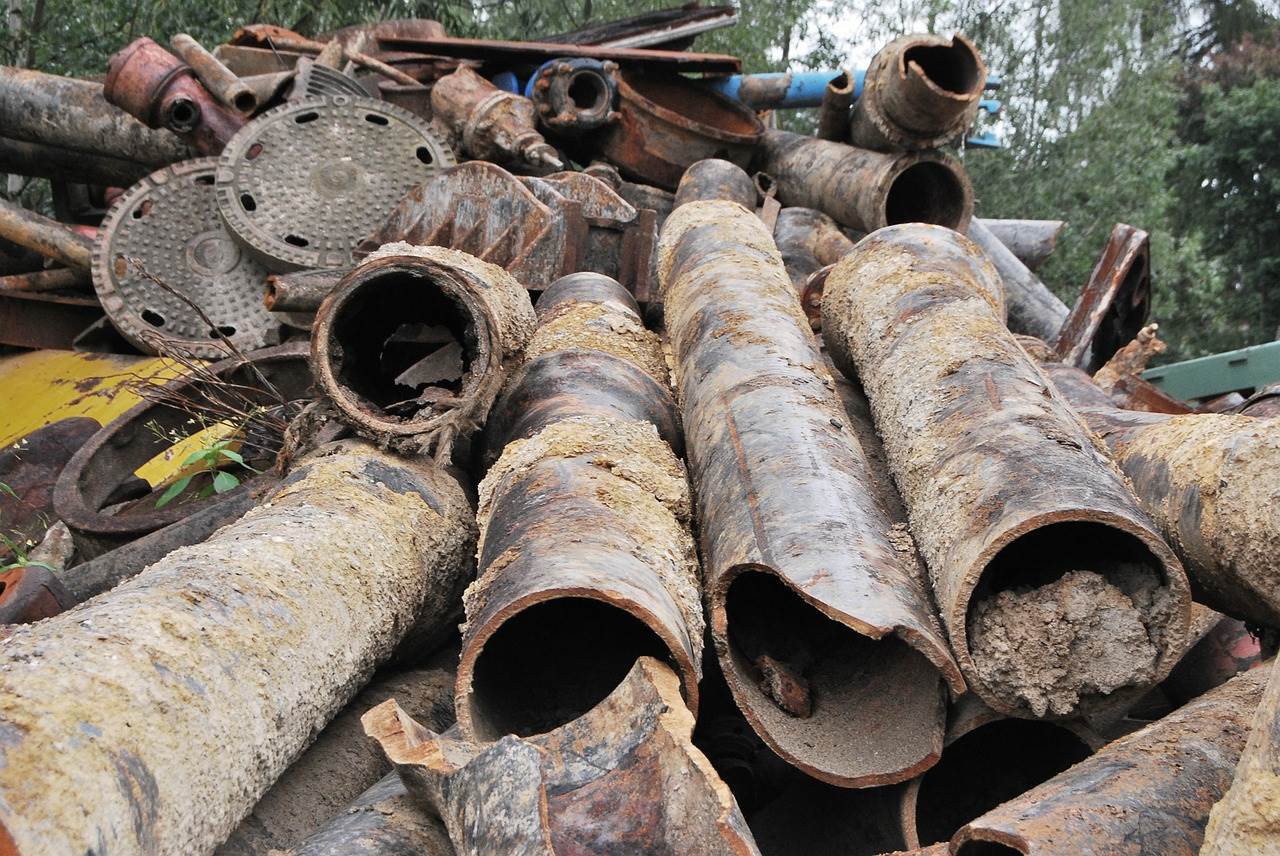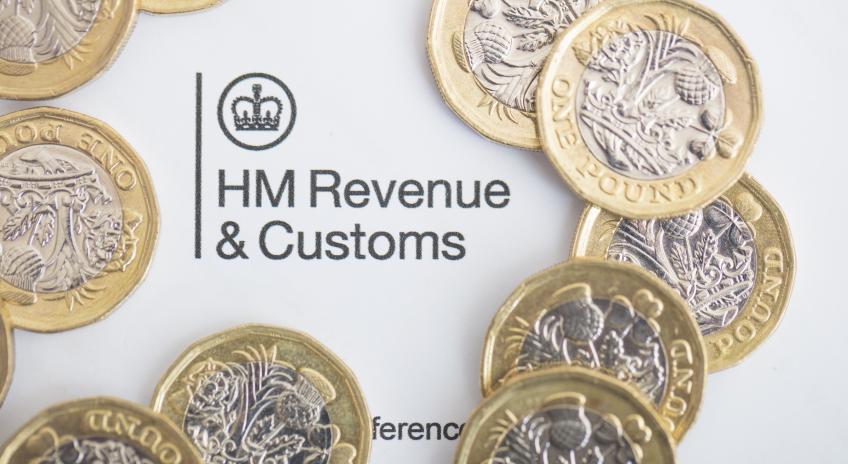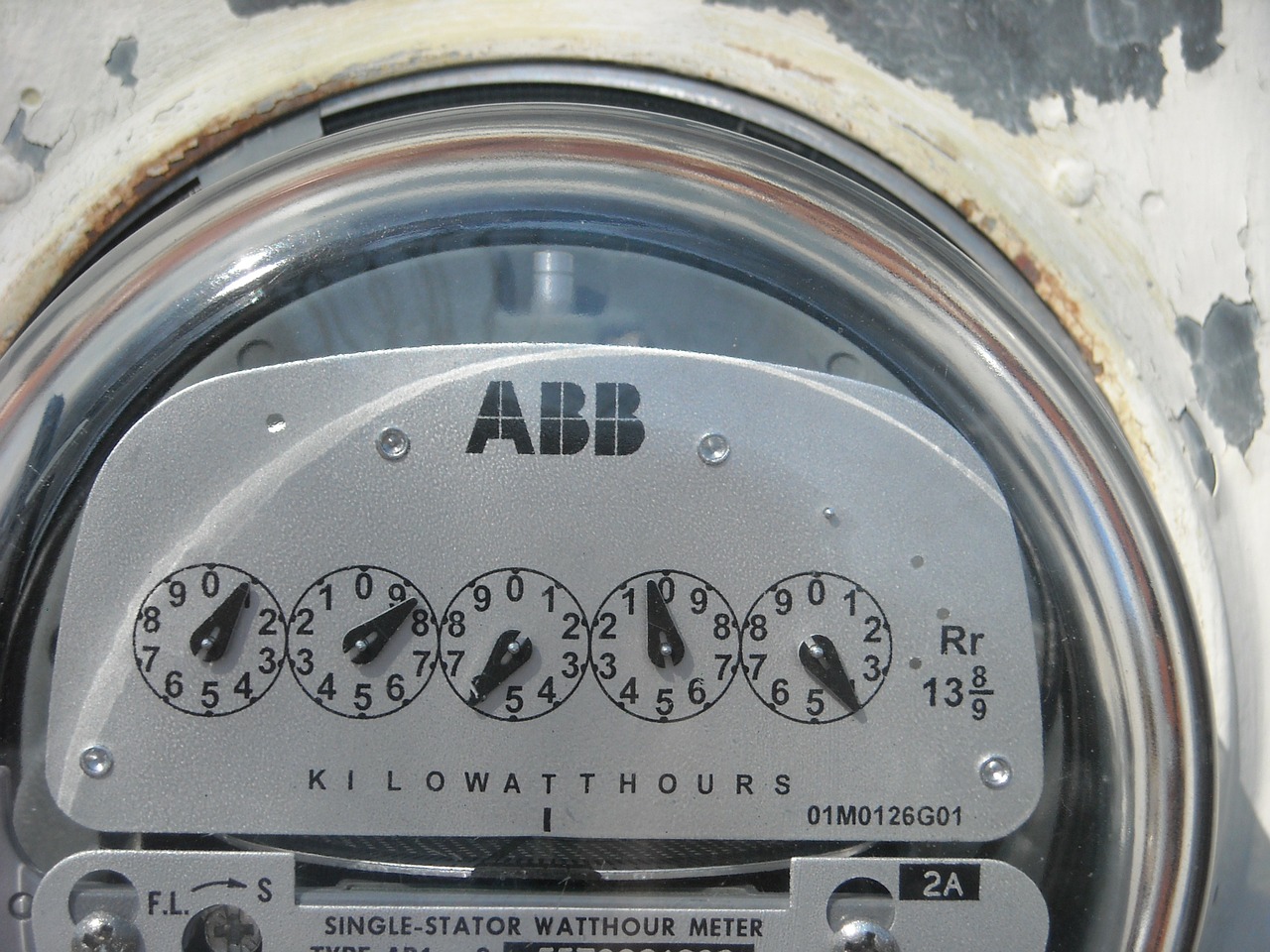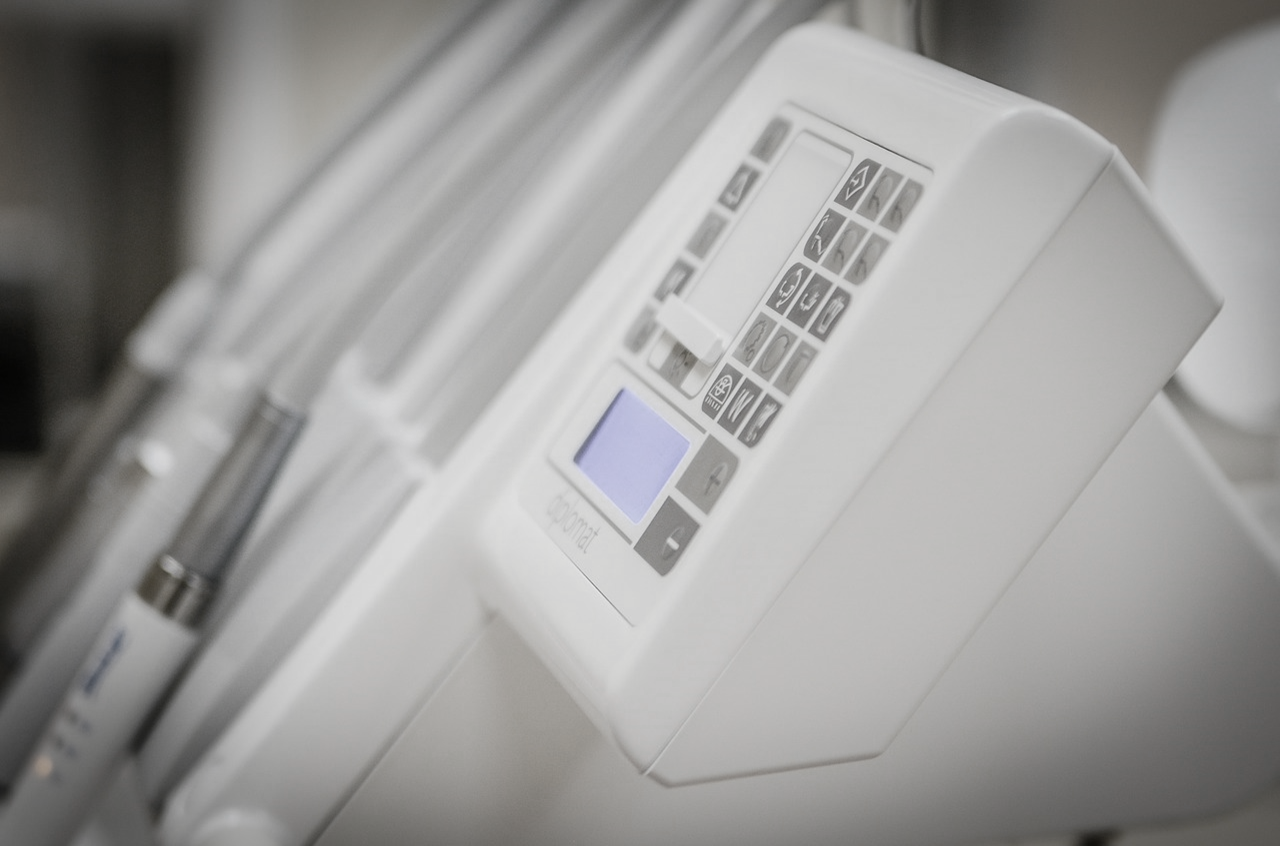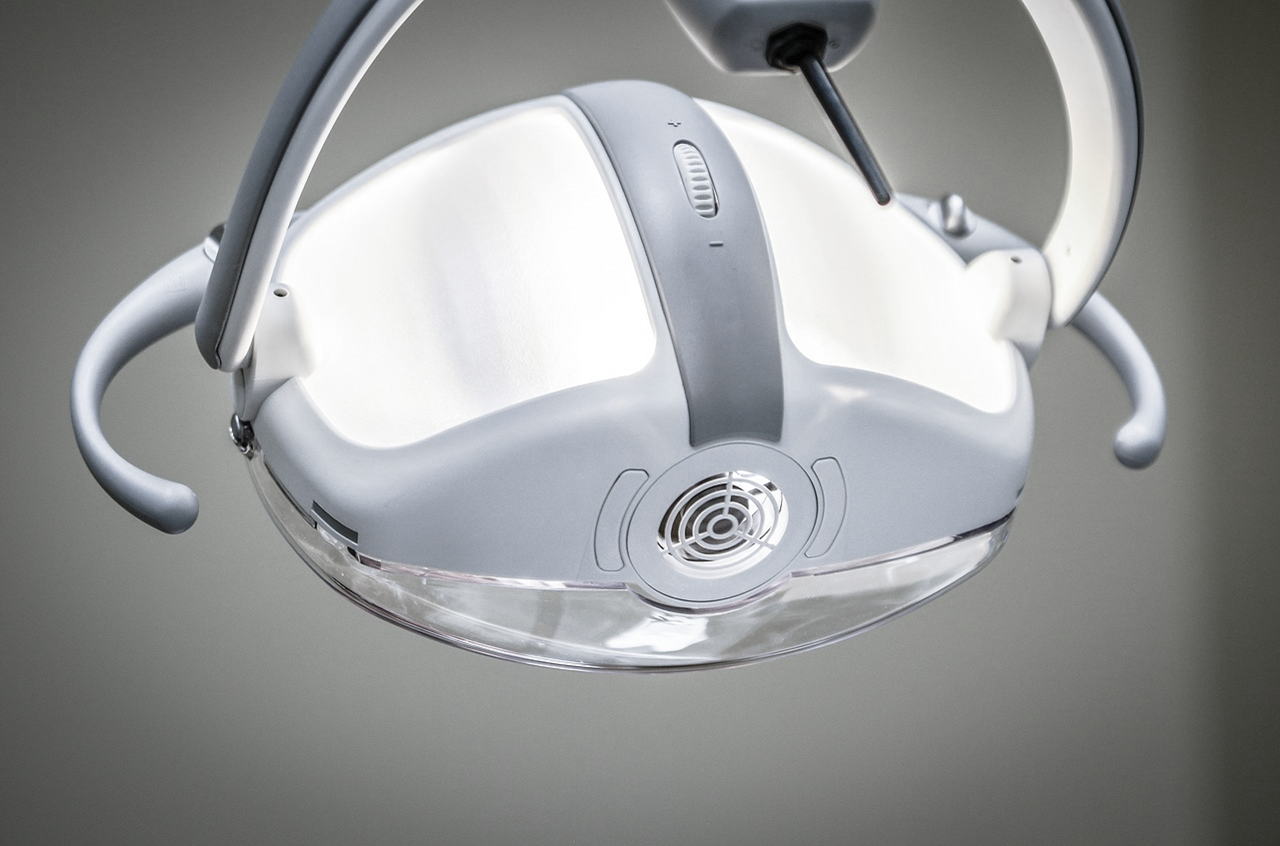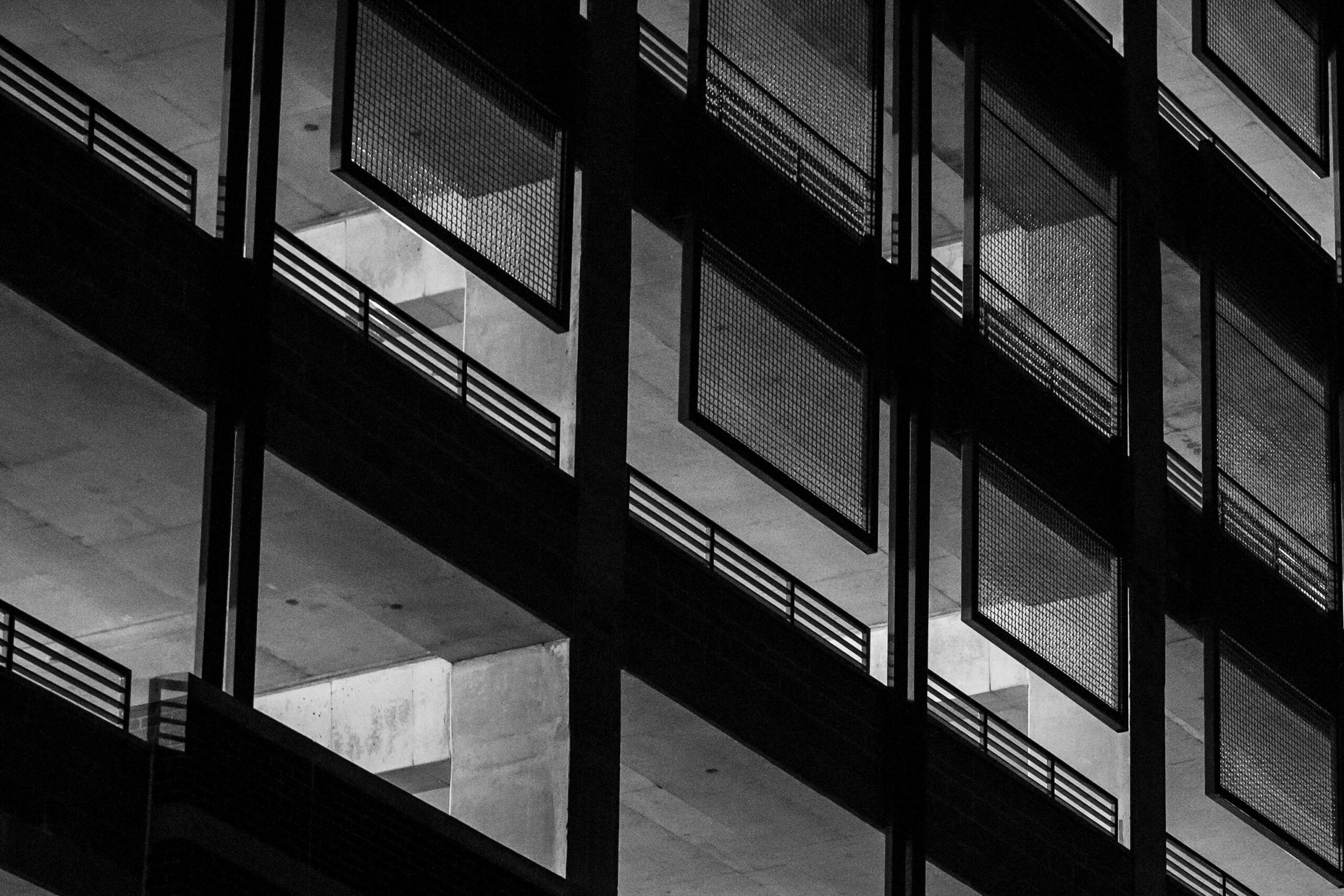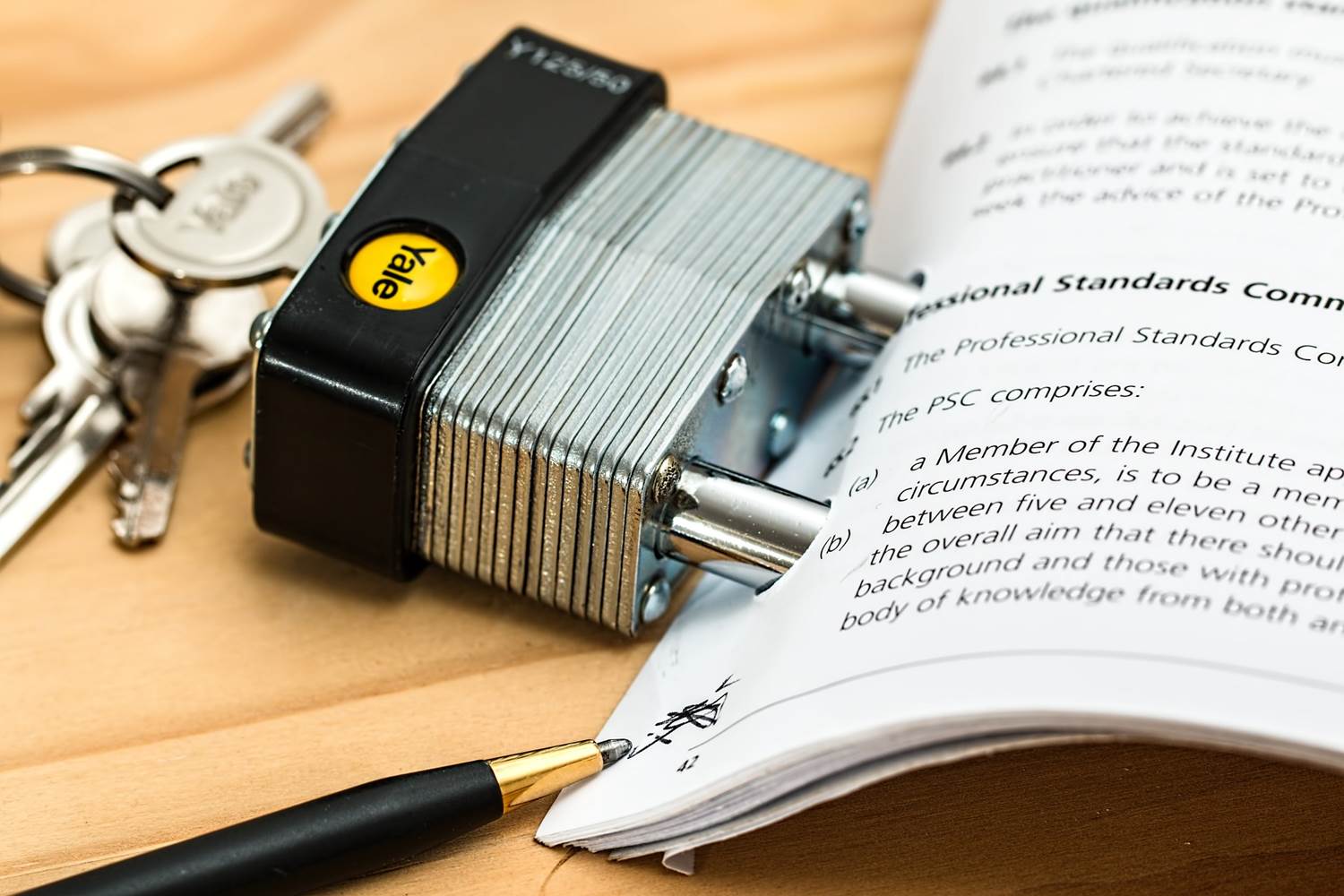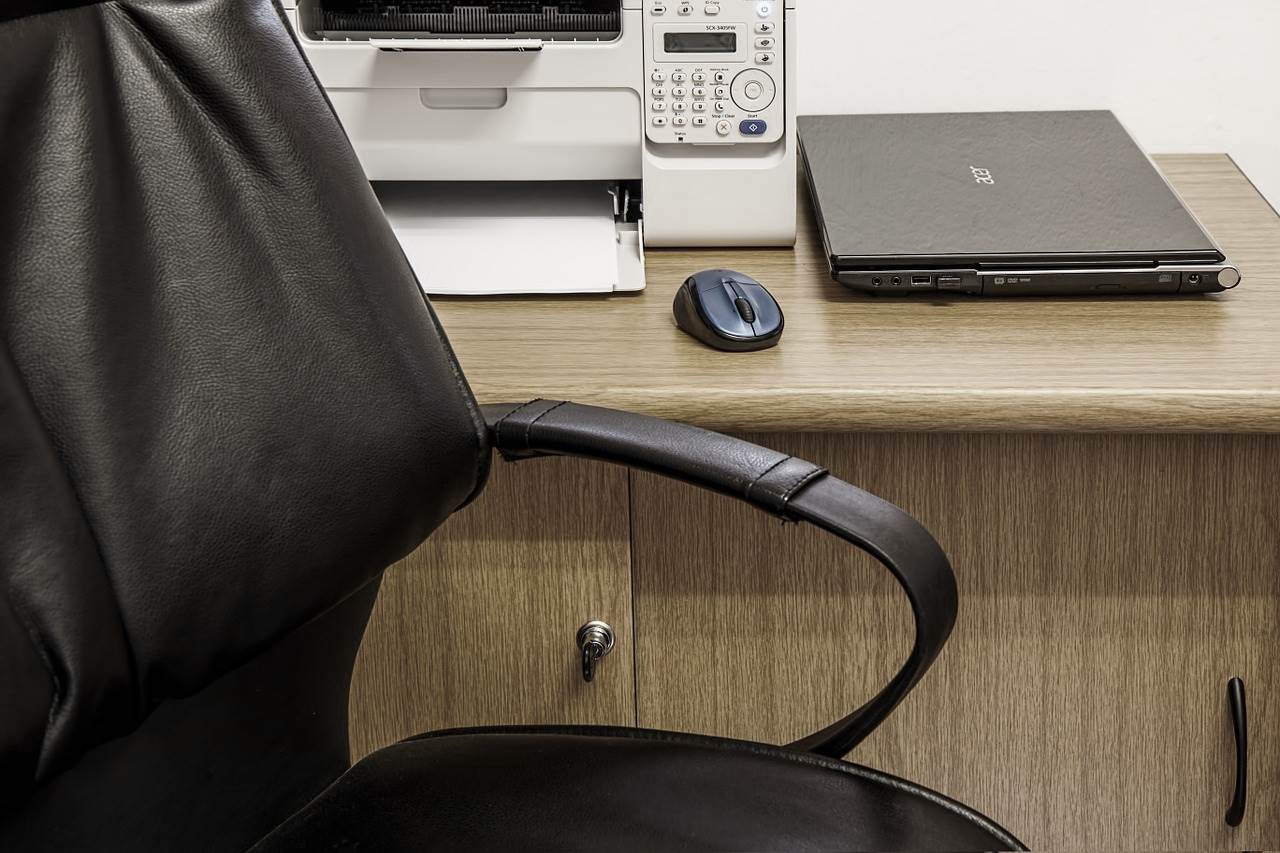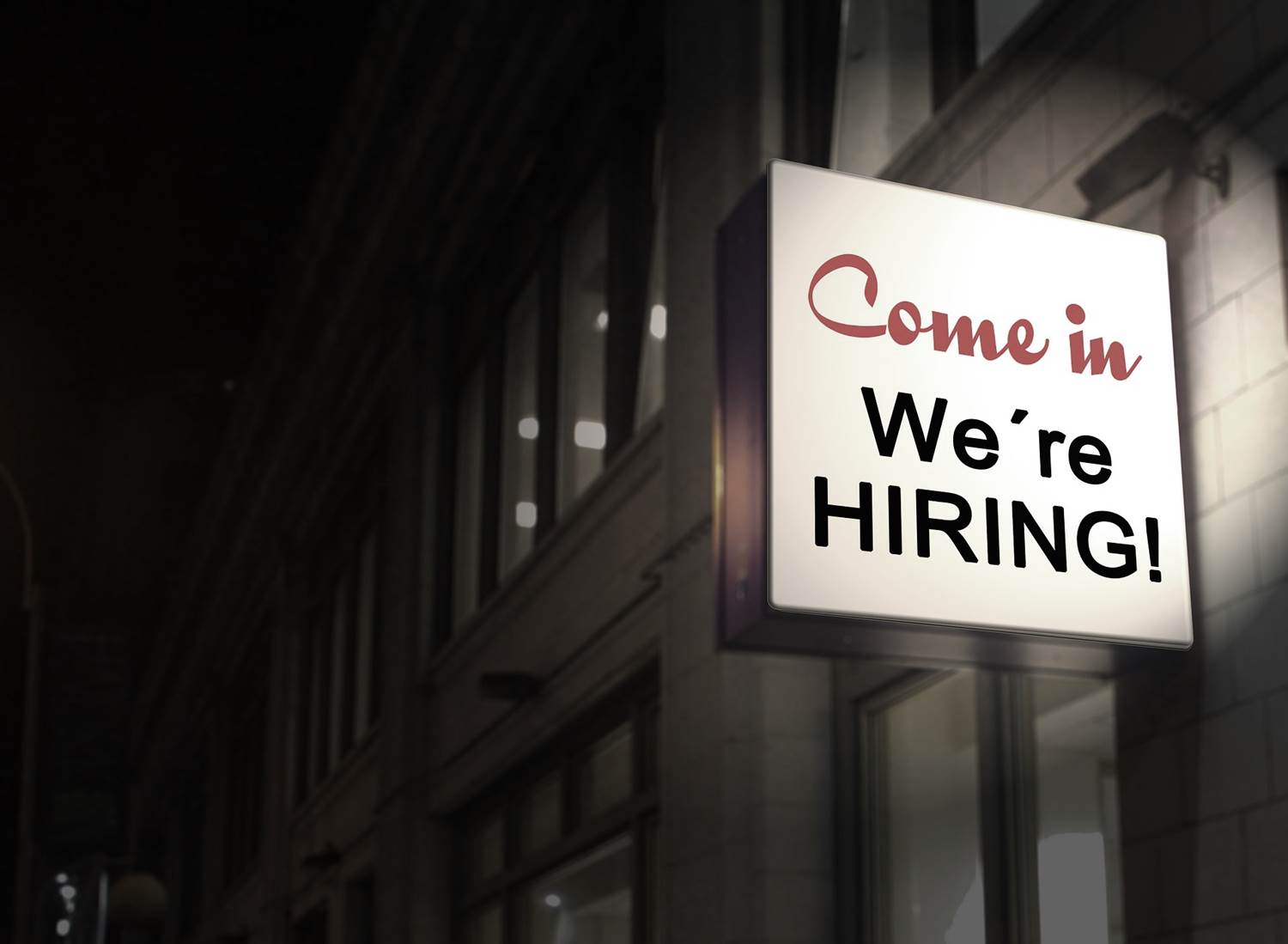
Vital Signs – Current Trends in Dilapidations
Date: 13/02/2024 | Healthcare, Blogs
Dilapidation
/’dih-lap-i-dey-shuh n/
- Repairs required during or at the end of a tenancy or lease
- The state or process of falling into decay or being in disrepair
- A cause of action to force a tenant to pay for dilapidations
noun
In previous blogs we have spoken about the challenges “dilapidations” present for GP Practices who lease their surgery premises. In very simple terms “dilapidations” means the works which a practice needs to carry out in order to bring the surgery premises up to a condition which complies with the lease’s requirements about maintenance and repair. In effect the issues often boil down to how much the practice will have to expend or pay to their landlord.
Questions of dilapidations normally arise at the end of the lease. It’s at that juncture landlords tend to take particular interest in what condition the premises are in and what is going to happen to them once the lease comes to an end.
Often a landlord will want to extend the lease or indeed enter into an entirely new lease with the practice. The threat of a large dilapidations liability is increasingly used by landlords as a bargaining chip in persuading a practice to extend or enter into a new lease in return for either some or all of the dilapidations liability being written off or the landlord contributing towards the costs of remedying dilapidations.
Such offers can be attractive to some practices particularly those with large dilapidations liabilities. However, before agreeing to enter into a new or extended lease in order to remove or postpone a potential dilapidations liability, a practice needs to consider a number of factors. Typical factors to consider may be:-
- Even if dilapidations are addressed are the premises still fit for purpose?
- What are the Health Board’s plans for delivery of primary care in the locality concerned?
- Will a new GP contract impact on the way the practice operates? Or how it is funded? And does this affect the duration of lease or the type of premises required?
- What happens to the lease if the Premises Directions are materially changed or abolished?
- Are there additional costs involved in extending or entering into a new lease? Obvious costs are Land and Buildings Transaction Tax and Land Register registration dues; these can readily run into the thousands of pounds.
Where leases are being renewed landlords will typically tell practices that they want to enter into a “updated form” of their existing lease. They will say that the commercial terms of the lease will remain the same but will “just be in clearer language” and address the risk allocation between landlord and tenant in “a more modern lease”. Practices should beware of accepting this at face value. It is absolutely true that older forms of lease (such as those GPFC granted in the mid-1980’s) are hard to understand. However, many landlords will use the opportunity of a new lease to address what they perceive to be deficiencies (often tenant-friendly provisions) in older forms of lease or indeed to introduce new responsibilities.
It follows that, if a practice is being asked to enter into an extended lease or a new lease, detailed professional advice should be sought before any heads of terms or other commitments have been signed with the landlord.
The Davidson Chalmers Stewart health team is currently advising several practices in precisely this situation. If your practice is faced with these issues we would be happy to meet with you on a no-fee basis to discuss your issues and some of the solutions which may be available to you.































